Sports hall lighting
High bay lights are the workhorse contributor to the luminous environment in an indoor sports facility which has a small spectator capacity or where the compactness of the building structure creates issues with the use of floodlighting luminaires. In general, these luminaires are installed in gymnasiums and sports halls. Gymnasiums are usually implemented as a part of an educational facility to host school programs and sports activities. Sports halls are expansive indoor spaces designed to host recreational plays, training programs, or competitive plays that do not draw a large number of spectators. These spaces are used to accommodate a variety of sports such as basketball, badminton, tennis, volleyball, ice/roller hockey, and five-a-side-football.
Gymnasiums and sports halls are often constructed using skeletal frameworks which form interior subspace called “bays”. Lighting fixtures are mounted to the surface of the ceiling structure or suspended by a hanging device. Because the clear height found in these facilities usually reaches or exceeds 6.1 m (20 ft), lighting fixtures installed therein are commonly referred to as “high bay lights”. However, there are no rigid rules that dictate the height of the ceilings involved for installation of high bay lights. The minimal mounting height is determined by the type of sports played in the space. For example, luminaires should be mounted at least 6.7 m (22 ft) above the IES Class IV basketball playing surface.
Lighting fundamentals
A correlation exists between the size of a facility and the lighting level. Sports performed in gymnasiums and sports halls generally require the quantity and quality of illumination to be in line with the IES illumination criteria for Class III or IV plays. The quantity of illumination most often considers the maintained average horizontal illuminance which is a measure of luminous flux density incident on a horizontal plane 1 meter or above or the playing surface. Vertical illumination should be evaluated for aerial sports over the height of the entire playing area to ensure excellent visibility of the playing target that is often in the air. The qualitative factors of illumination include uniformity, direct and reflected glare, color rendering, and light flicker.
Uniformity of lighting is a universally important factor in all types of sports and all classes of facilities. Poor uniformity causes the eye to adjust between different luminance levels. Constant eye adaptation across the visual field can lead to visual discomfort and eye fatigue as well as distorted visual perception of the speed and position of the playing target. Abrupt changes in the quantity of illuminance on a playing area can cause a fast-moving target to appear speeding up or slowing down when passing one illuminance level to another. Uniformity of lighting can be evaluated by factors such as uniformity ratio (UR, maximum to minimum illuminance ratio), coefficient of variation (CV), and uniformity gradient (UG). The required quantity and quality of illuminance varies between sports. A maintained average horizontal illuminance of 300 lx, a maximum CV of 0.30, and a maximum UR of 4:1, for example, are required for Class IV basketball competitions, while indoor tennis plays require the maintained average horizontal illuminance to be 500 lx, and the CV and UR should not exceed 0.17 and 2:1, respectively.
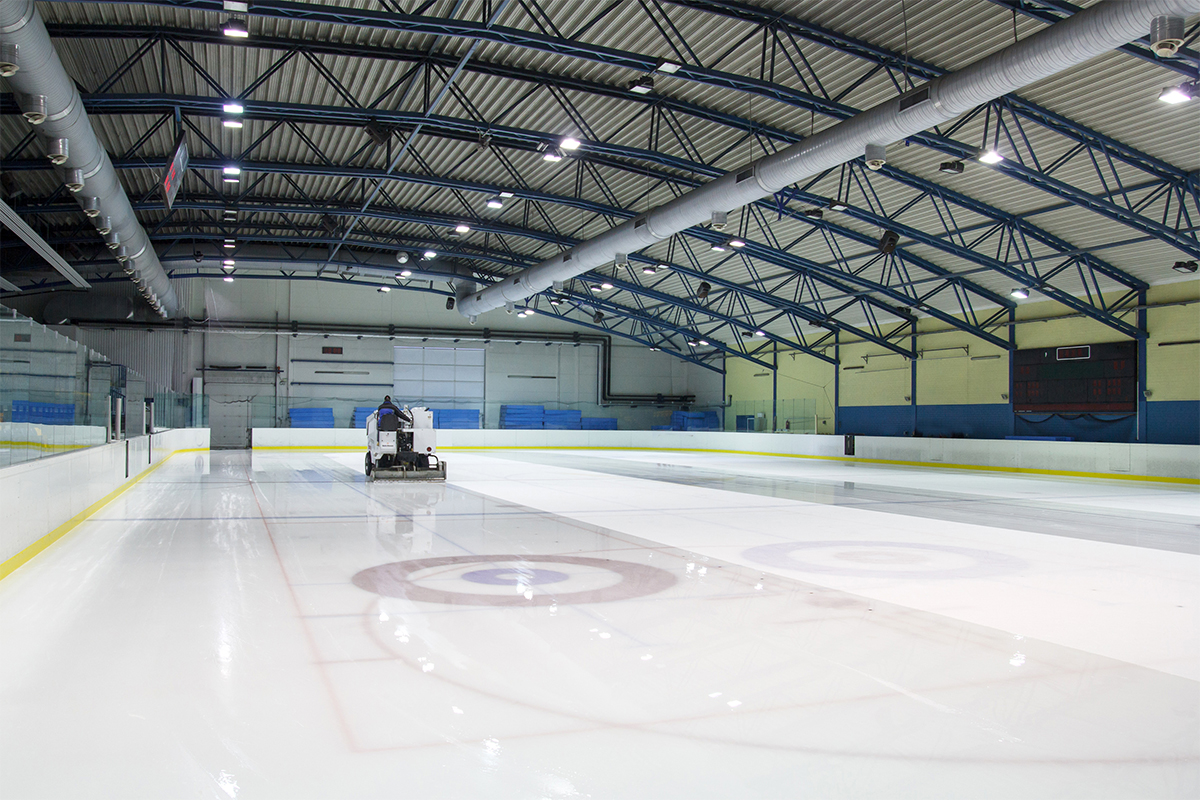
Weeding out HID lighting
The ability to meet quantitative and qualitative requirements on high bay sports lighting almost depends completely on the luminaire’s performance. High bay lights are fixed lighting systems with their luminous flux distribution exclusively controlled by the integral optical system, whereas flood lights that are used in large sports facilities provide more optical design flexibility because they are capable of being aimed in any direction. To accomplish the task, the high bay luminaire must produce a substantial volume of lumens to meet the illuminance requirement and simultaneously provide tight beam control and uniform light distribution.
Historically, high bay sports lighting made use of high-intensity discharge (HID) lamps (i.e., metal halide) which generate light via an electrical discharge contained in an arc tube. The use of metal halide lamps, even though addressed the challenges of sports lighting with improved economy over incandescent fixtures, is controversial for several reasons. When installed in a fixture, the moderate efficacy of a metal halide lamp is immediately discounted by an optical loss of 30% or even higher due to its omnidirectional radiation pattern and large source size. An HID high bay light puts a significant quantity of the light at the center of the beam spread, resulting in uneven distribution of light. An increased fixture density is thus required to closely overlap beams produced by adjacent luminaires for the required uniformity. Low efficiency and effectiveness with which an HID high bay light delivers light to an intended target translate to high capital and operational costs.
Maintenance of HID fixture is complicated, sometimes for the lamps and sometimes for the ballasts. Metal halide lamps operate at high temperatures and pressures. To avoid catastrophic failures at the end of the stated bulb life which is relatively short for high wattage bulbs, group re-lamping, rather than spot changing individual bulbs, is needed. The incurred cost will preponderate over the initial investment. Furthermore, long warm-up and restrike times, limited dimmability, and the fast aging behavior under the stress of frequent on/off switching deprive HID high bay lights of the ability to harvest energy savings potential of lighting controls.
Heading into the realm of LED lighting
High bay sports lighting is now a realm of LED lighting. The semiconductor-based lighting technology opens up far-reaching opportunities for improvement in efficiency, effectiveness, quality, and reliability of lighting. The LED technology platform enables energy savings beyond the much-improved source efficiency to encompass lighting application efficiency (LAE) that factors in energy savings achieved through improved optical delivery efficiency, use of lighting controls, and optimization of the spectral power distribution (SPD) for the function of the light.
By capitalizing on characteristics unique to LED, high bay lights can be designed to advance beyond legacy form factors and optical control approaches for highly uniform, precisely controllable light distributions and high efficiency delivery of luminous flux from the light source. Connected high bay LED lighting systems can leverage data collected from occupancy or daylight sensors, local controllers, personal devices (e.g., smartphones), building management systems (BMS), IoT platforms, or any combination of these, to implement sophisticated lighting control strategies for maximal intensity effectiveness.
Other lighting attributes, such as color appearance, color rendering and absence of flicker, can be prioritized, when necessary, to provide the best lighting for the application. In sports lighting applications, the failure-free operation of the hard-to-reach lighting systems is of decisive importance. The ability of LED systems to perform their required functions under practically controllable operating conditions for a long period of time brings lighting to the forefront of reliability and sustainability.
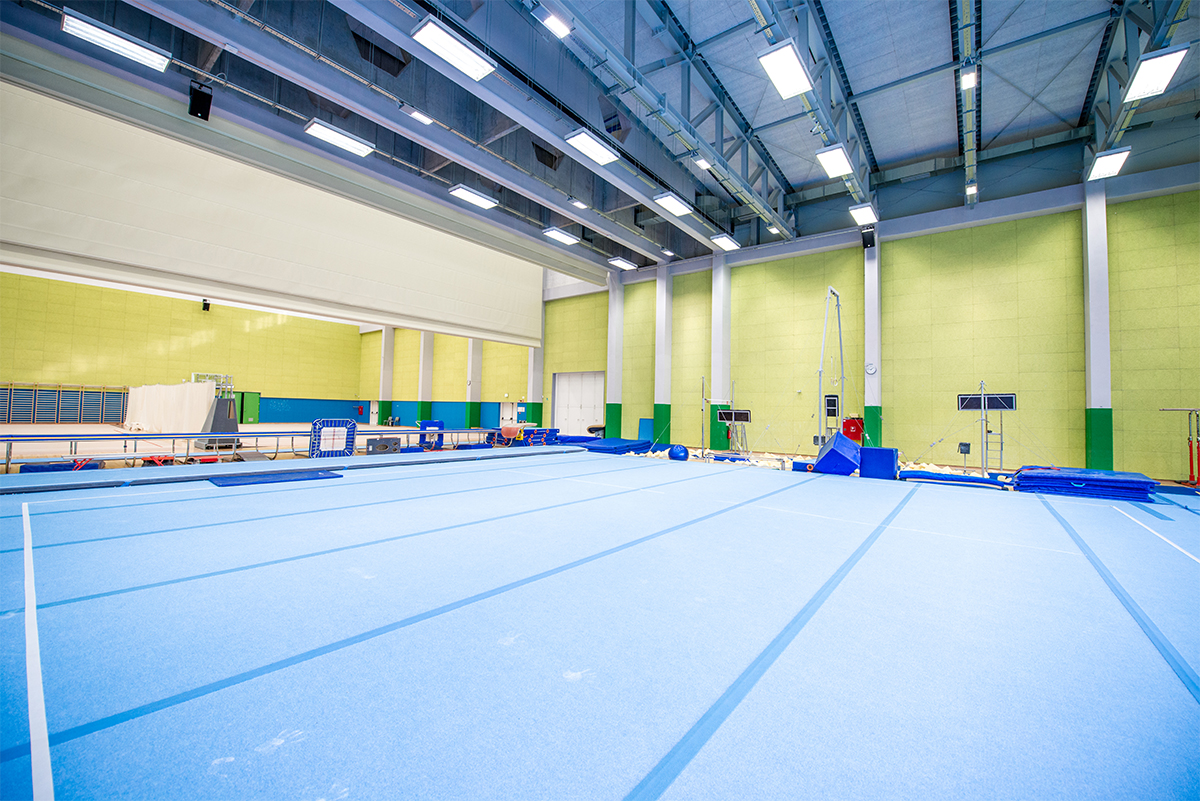
Harvesting LED technology is a complex exercise
A high bay LED sports lighting system produces, controls and distributes light usually through a highly engineered architecture that contributes to the reliable, efficient, and controllable operation of the LEDs. LEDs are p-n junction semiconductor devices that emit light through intracrystalline radiative recombination of the charge carriers (electrons and holes). This nature lends high quantum efficiency, excellent dimmability and switching performance, and source-level optical controllability to LEDs. However, the performance and lifespan of LEDs are tied to the tightly interdependent electrical (current, voltage, power) and thermal (junction temperature) characteristics of the compound semiconductor structures which create the active region for the occurrence of the injection electroluminescence effect. In order for the LEDs to deliver the intended value in real-world applications, the luminaire must create and maintain a compatible operating environment that provides proper drive current regulation, thermal management, mechanical engineering, and optical control for the LEDs.
System integration
The physical appearance of high bay LED lights can vary widely, but the essentials of a high-performing LED system never change. Legacy form factors of high bay lighting systems, which come in a lamp-based design, fail to exploit the unique features and address the design challenges associated with LED technology. Advanced LED systems typically feature a high-level physical integration of the LEDs with the heat sink and optical system, which can improve the performance of the thermal path and maximize the efficiency and effectiveness of optical delivery. Integrated design of high bay LED systems ends up in two forms of construction: fully integrated and modular.
A fully integrated high bay LED light emits light from a single optical assembly which is comprised of a heat sink, an array of LEDs populated on a metal core printed circuit board (MCPCB), and secondary optics. A higher power version may incorporate multiple LED arrays. Integrated LED luminaires with a round shape are commonly called UFO high bay lights. A modular system is an assembly of modular LED engines. Each modular LED engine is constructed in the same way with the optical assembly of a fully integrated LED luminaire, but comes in a form factor that facilitates modular integration. Modular design provides scalability in lumen packages and the flexibility to customize optical distributions as per application requirements.
Light source
Luminaire design and LED package selection go hand in hand. All types of phosphor-converted LED packages find their application in high bay LED sports lighting system. The package platform and materials of construction dictate their performance metrics including luminous efficacy, flux density, lumen maintenance, color stability, and optical controllability. Ceramic-based high power LEDs are the logical choice of light source for high bay lighting applications. A high efficiency thermal path and thermally stable construction allow the LEDs to operate at very high currents and deliver an impressive amount of light in a small package without compromising lifetime. CSP LEDs are also tolerant of high drive current operation due to significantly reduced failure points of the package platform and metal-to-metal interface between the package and PCB.
Plastic leaded chip carrier (PLCC) packages are prone to thermal and photo degradation. Nevertheless, these cheap and initially efficacious LEDs are petted by the lighting industry and widely incorporated in high bay lighting systems. Because these packages are made of plastic resins, their lumen maintenance and color stability will shortly fall out of specification at high drive currents or high operating temperatures. In fact, the initial cost and performance of a high power LED luminaire are often misleading and the critical system reliability is often overlooked by uneducated consumers.
Sports lighting applications typically use a light source with a high correlated color temperature (CCT, 4000K min.) and a color rendering index (CRI) in 70’s or 80’s.
Thermal management
Thermal management is an ever-lasting challenge to LED system design. LEDs release a large amount of heat during the process of electro-optical conversion at the semiconductor junction and wavelength conversion (Stokes shift) at the phosphor layer. The waste heat must be transferred away through all the elements that make up the thermal path of an LED system. Overheating the LEDs as a result of poor thermal management will accelerate permanent quantum efficiency degradation of both the semiconductor chip and phosphor down-converter. LED thermal management revolves around minimizing the thermal resistance of the components along the thermal path by maximizing material thermal conductivity and effective surface area of the thermal path and minimizing the interfacial contact resistance.
The amount of heat that can be removed depends upon the ambient temperature as well as the performance of solder joints, the MCPCB, the thermal interface material (TIM), and the heat sink that form the thermal path from the die to the surroundings. The most prominent part of a high power LED light and the most influential part of the thermal stack are the heat sink. The heat sink is constructed of die cast, extruded, or cold forged aluminum. It is usually an integral of the housing or, to put it another way, the housing is designed as a heat sink with an intention to maximize surface area for convective cooling.
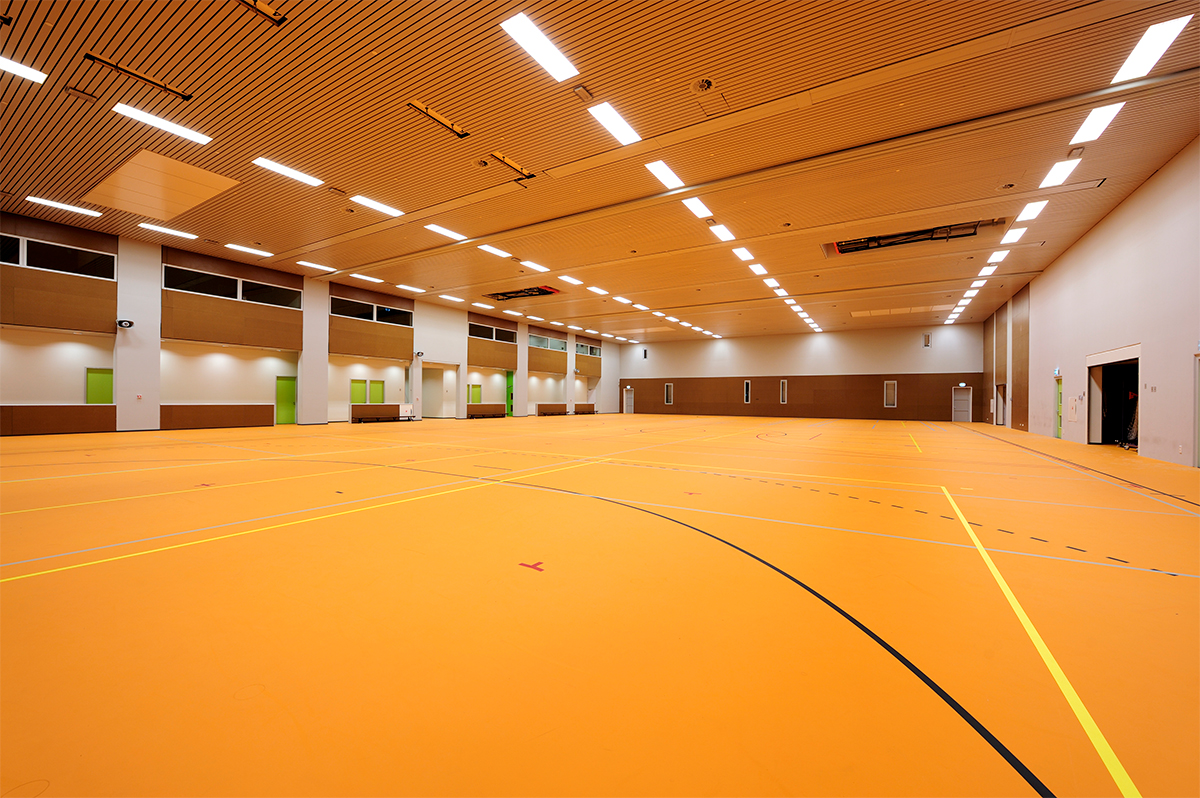
LED driver
The LED driver is usually mounted in physical separation or thermal isolation with the light engine to prevent the LED thermal load from stressing the temperature-sensitive driver components. An LED driver is designed to provide a regulated DC current to the LEDs regardless of any line-voltage fluctuations. The basic driver to convert an AC input in a DC output includes electronic circuits for input power conditioning, AC-DC converter, power factor correction (PFC), DC-DC converter, current regulation, output filtering, etc. The driver is also equipped with circuits that provide protection against overvoltage, short circuit, overload, partial load, no-load, overtemperature, and other abnormal operating conditions.
Typically, an LED driver designed for high bay sports lighting applications is a two-stage switching power supply, implementing an active PFC stage followed by a DC-DC converter stage to regulate the LED current. The two-stage solution, which is more complex and costly to set up than a single-stage solution, can reward the system with a high surge immunity, very wide input range, full-range dimming capability, as well as flicker-free lighting that is an important performance marker for a sports lighting system.
Dimming circuitry capable of performing constant-current reduction (CCR) and/or pulse-width modulation (PWM) is frequently incorporated to improve intensity effectiveness. The LED driver may also have the ability to control its output (on/off switching and dimming) by means of the control circuitry which can interpret control signals from a 0-10VDC, DALI, DMX, or wireless network controller.
Optical design
Most sports lighting applications require high bay lights to be designed with a direct light distribution. Distributions of direct lighting systems vary from widespread to concentrated. Wider beam spreads are appreciated in applications that require a high vertical illuminance level. Narrower beam spreads find their use in installations with a high mounting height or applications that demand excellent glare control.
Lumen distribution for high bay LED lights is often controlled by a secondary optical element installed in such a way that it can extract light directly from the source and produce a precise light distribution. This secondary optical element can be a small reflector, a lens, or a combination of them.
Optical lenses molded from acrylic or polycarbonate are commonly used in LED luminaires due to their ability to efficiently capture lights from the LEDs and provide tight beam control. Total internal reflection (TIR) optics are compound lenses consisting of a refractive lens nestled inside a reflector. These lenses can narrow the FWHM divergence angle from 120° to 10° with optical efficiencies as high as 93%.
Care should be exercised when choosing lens materials. The close proximity of the lens to the self-heating LED can produce a high thermal stress to the lens. Phosphor temperatures of high power LEDs can rise to 120°C or even higher. Acrylic resins are not suited to most high bay lighting applications because of their poor thermal stability. In extremely high temperature applications, even PC lenses should give way to secondary optics with a higher thermal stability.

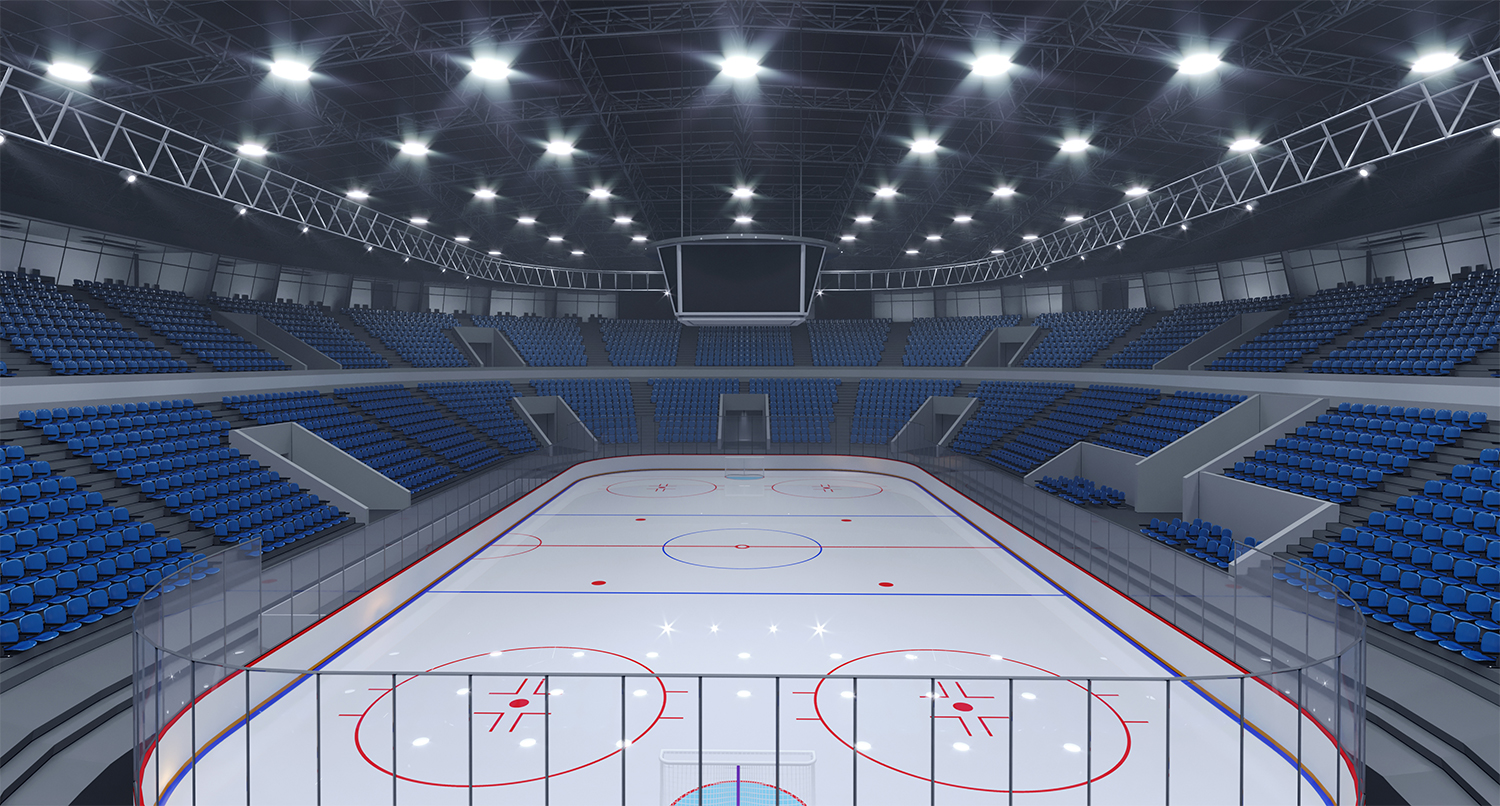
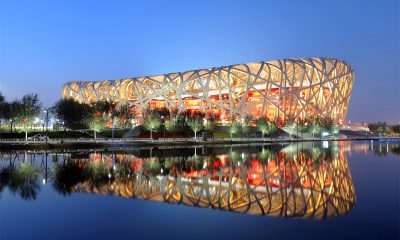
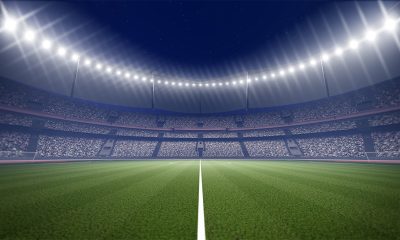
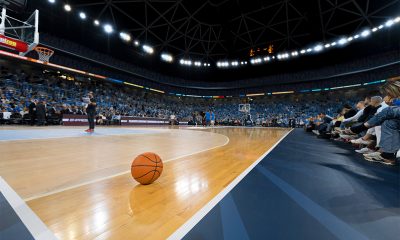
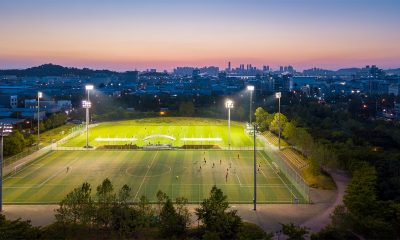
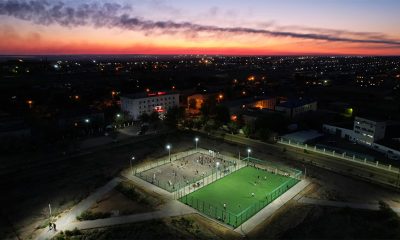
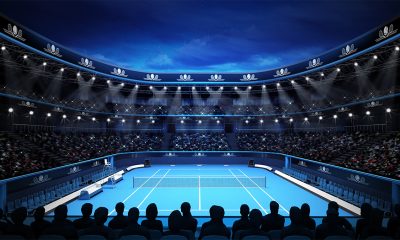

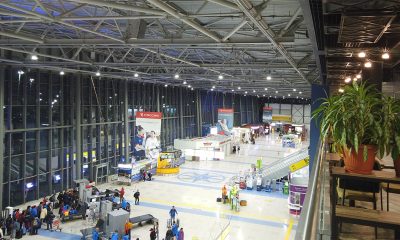
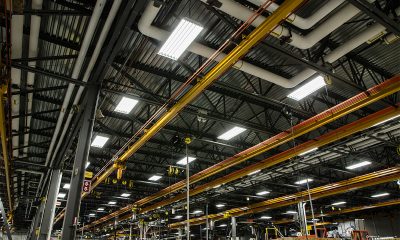
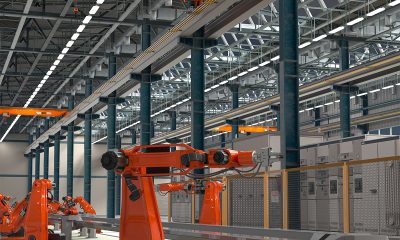
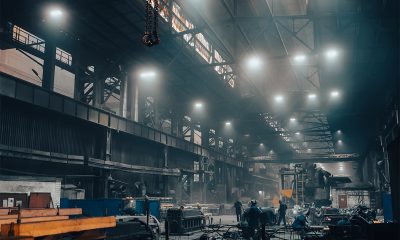
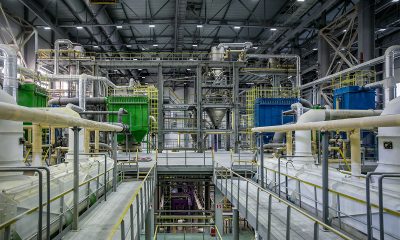





Loading...
New member